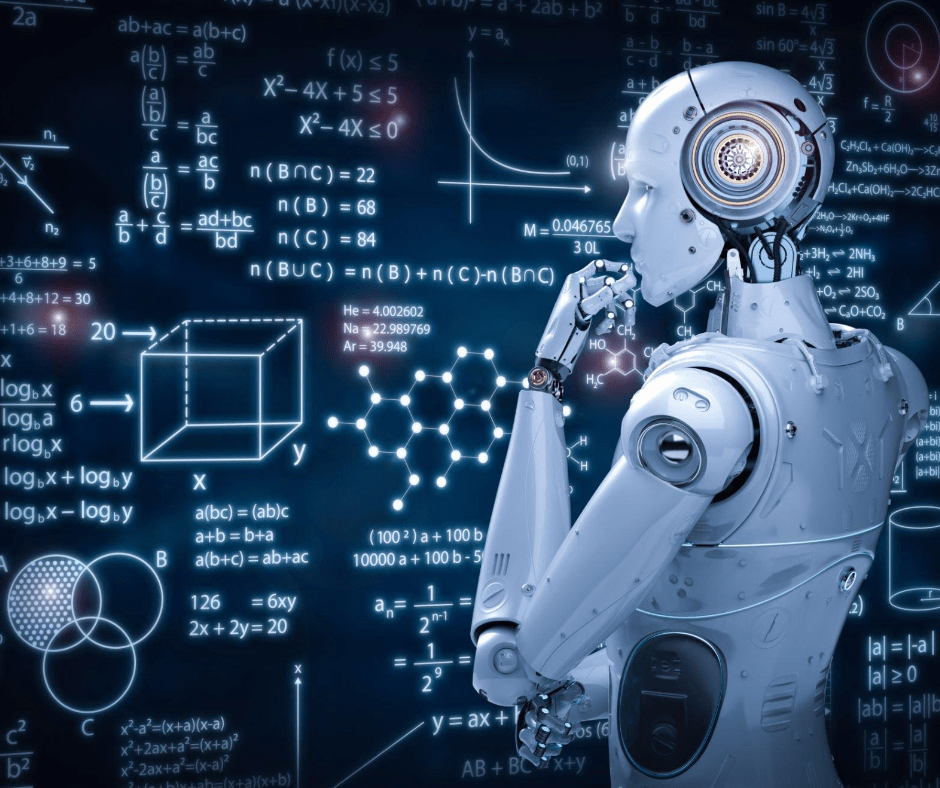Machine Learning is a subfield of Artificial Intelligence that focuses on developing algorithms and models that can learn and make predictions based on data. Python has become one of the most popular programming language for Machine Learning due to its versatility, ease of use, and language community of developers.
Here are some of the key steps for using python for Machine Language.
Data Preparation: The first step in any Machine Learning project is to collect and prepare the data. This involves cleaning and transforming the data, selecting relevant features, and creating training and test sets.
Choosing a Model: Once the data is prepared, you need to select a Machine Learning model that is appropriate for your task. There are many different models available, including Linear Regression, Decision Trees, Support Vector Machines, and Neural Networks.
Training the Model: After choosing a model, you need to train it on your data. This involves feeding the model with the training data and adjusting its parameters to minimize the prediction error.
Evaluating the Model: Once the model is trained, you need to evaluate its performance on the test set. This helps you to understand how well the model will generalize to new data.
Tuning the Model: If the model is not performing well, you may need to tune its parameters or try a different model. This involves repeating the training and evaluation process until you achieve satisfactory performance.
Python provides a range of powerful tools and libraries for each of these steps, including NumPy, Pandas, Scikit-learn, and TensorFlow. These libraries provide a wide range of data manipulation, visualization, and machine learning functions that can help you to build sophisticated models quickly and easily.
In addition to these core libraries, there are many other Python tools and libraries available for Machine Learning, including Keras, PyTorch, and XGBoost. These tools provide additional functionality for building advanced Machine Learning applications and models.
Overall, Python is a valuable tool for anyone interested in Machine Learning, providing a range of libraries and tools for data preparation, model selection, training, evaluation, and tuning. Whether you are a data scientist, researcher, or developer, Python provides the flexibility, speed, and power you need to build powerful Machine Learning applications and models.





